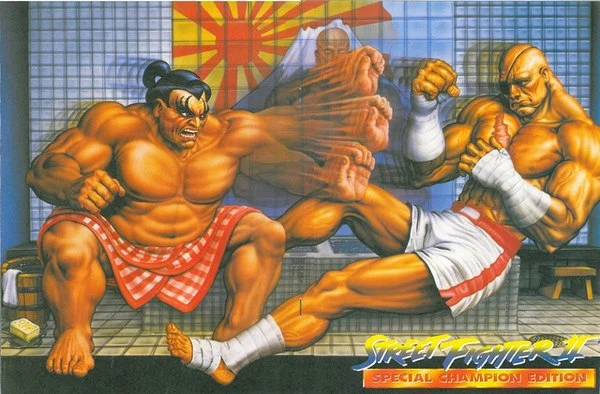Vampire Hunter D: Bloodlust (吸血鬼ハンターD ブラッドラスト) is a 2000 dark fantasy vampire adventure anime film. It was written, directed and storyboarded by Yoshiaki Kawajiri, with Yutaka Minowa designing the characters, Yūji Ikehata serving as art director and designing the setting, and Marco D’Ambrosio composing the music.
The film is based on the third novel of Hideyuki Kikuchi’s Vampire Hunter D series, Demon Deathchase.
FYI to the sub-only folks out there: this anime is intended to be watched in English, so don’t pass it up just because it’s marked as English dubbed.
We’re more than half a year away from Spooktober, but keep this one in mind for Halloween movie night. Decent balance of action and humor with high-budget animation, it makes for a good movie to watch with friends (even though it’s anime it has a western feel about it, so even normies should find it enjoyable). Its sweeping, cinematic art spawned many an AMV back in the day. Has aged much better than most anime of its era!
this anime is intended to be watched in English
I just watched the dub for the first time and it was fine, but what do you mean intended for English? It was written, directed, and produced entirely in Japan.
According to Wikipedia:
The animation for the film was created in the Madhouse Studios in Tokyo while the post-production work was done in California. The English soundtrack for the film was recorded in 1999 before the Japanese dialogue was finished.
and
The completed version of the film was only released theatrically in an English-language version. On its Japanese theatrical release, it was subtitled in Japanese.
I don’t know if this was done in an effort to appeal more to Western audiences and increase chances of an overseas box office success, or for artistic reasons (the setting is much more Western- than Eastern-influenced). Either way it was an interesting production choice.


